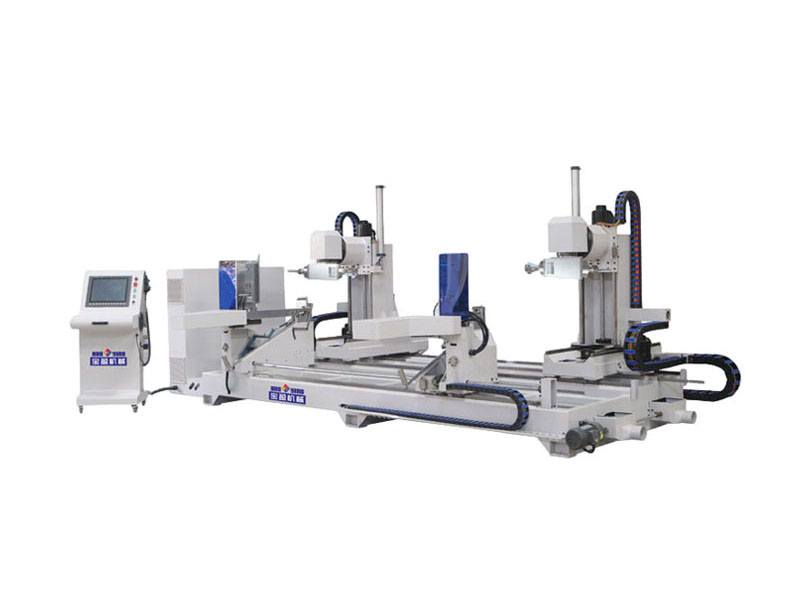
As a high-precision and high-efficiency modern manufacturing equipment, five-axis machining center is widely used in aerospace, automobile manufacturing, precision machinery, medical equipment and other fields. However, its complexity and flexibility also mean that special attention needs to be paid to some key points during use to ensure processing quality and operational safety. Next, I will introduce some precautions for the use of five-axis machining centers.
Adequate preparation is essential before starting processing. This includes the correct installation of the workpiece, the selection of the appropriate tool and fixture, and the setting of the coordinate system and the workpiece origin. In addition, the correct machining program is written and the five-axis tool path is planned to ensure that the tool path is reasonable and safe, and the required machining effect can be achieved. Collision detection is an important step in five-axis machining. Avoiding accidental collision through the system's collision detection function or virtual simulation is a key step to ensure the safety of machining.
Before the five-axis machining operation, it is necessary to ensure the correct positioning and firm clamping of the workpiece to prevent displacement or deformation, affecting the processing quality. For processing special materials such as carbon fiber, the workshop should be equipped with a dust suction system, the five-axis machining center equipment should be individually closed or choose a fully closed structure, and the dust suction system should also be equipped in the closed space to reduce the impact of dust on the operator and equipment.

According to the specific workpiece material and processing requirements, the correct setting of cutting speed, feed rate, cutting depth and other processing parameters to ensure the ideal cutting effect and processing quality. In the processing process, we should always pay attention to the processing status and progress of the workpiece, pay attention to monitoring the cutting force, temperature, vibration and other parameters in the processing process, and timely adjust or deal with abnormal situations.
As a kind of precision machine tool equipment, regular maintenance and maintenance of the five-axis linkage machining center is very important. This includes cleaning lubrication, parts replacement, etc., to maintain the operational stability of the equipment and extend the service life. Especially for the control cabinet and electrical components, it should be separated from the processing bed to avoid fine substances such as carbon fiber dust entering the chassis and damaging the electrical components.
Follow the machining center safe operation procedures, wear protective equipment, such as aprons, gloves, masks, etc., to avoid scarves, ties and other items that may be involved in the equipment. Check that tool compensation, machine zero, workpiece zero, etc. are correct before operation to ensure that all safety measures are in place.
When selecting a five-axis machining center, in addition to considering the initial purchase cost of the equipment, it is also necessary to conduct a comprehensive evaluation of the use cost, maintenance cost and possible long-term investment value of the equipment. This includes the energy efficiency of the equipment, tool consumption, power consumption and labor costs, etc., to ensure the economy and sustainability of the equipment.
The use of the five-axis machining center not only requires the operator to have professional skills and knowledge, but also requires a deep understanding of the equipment and maintenance. By following the above considerations, you can maximize the performance of the five-axis machining center, improve machining quality and production efficiency, while ensuring operational safety and long-term stable operation of the equipment.